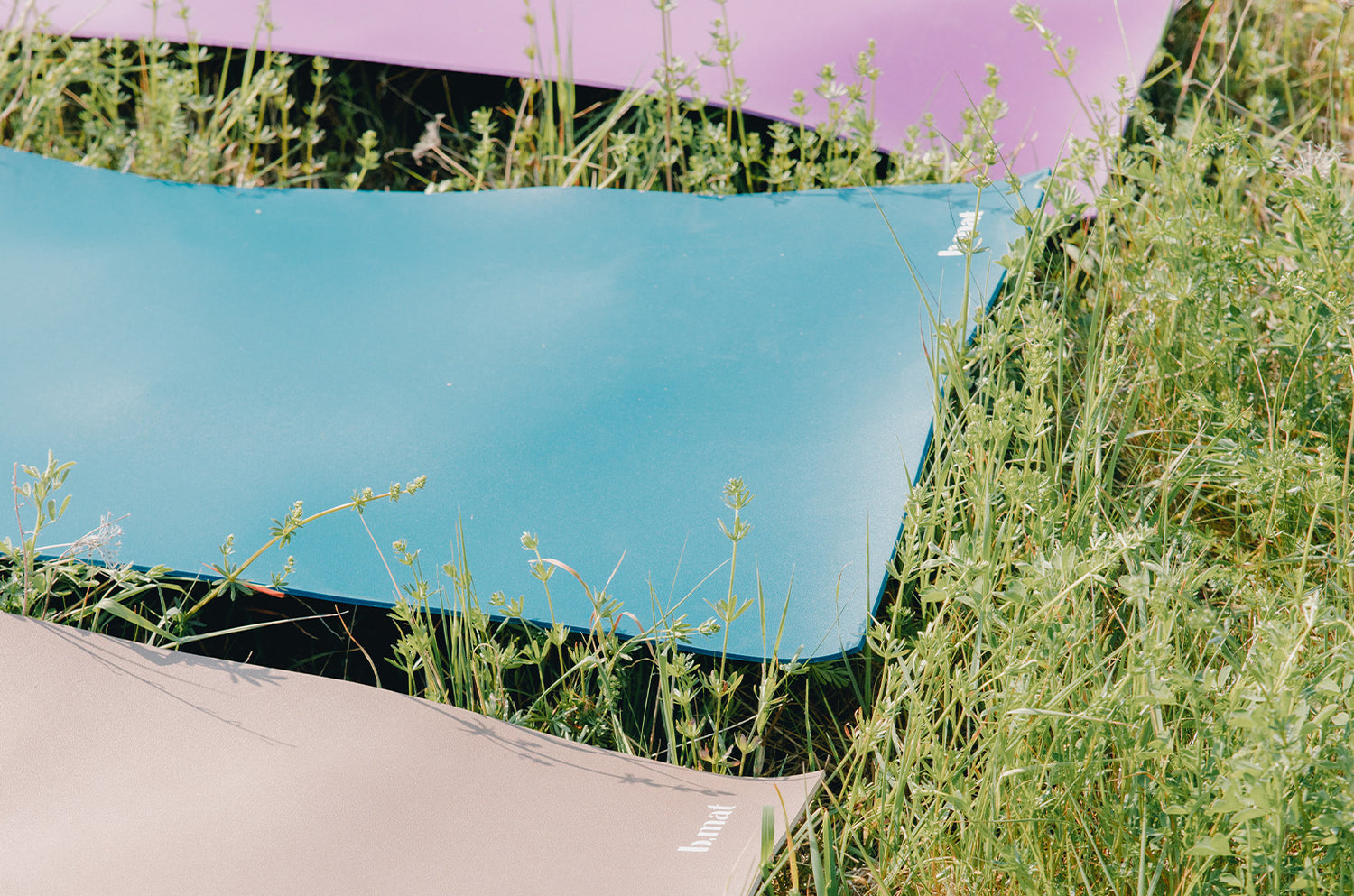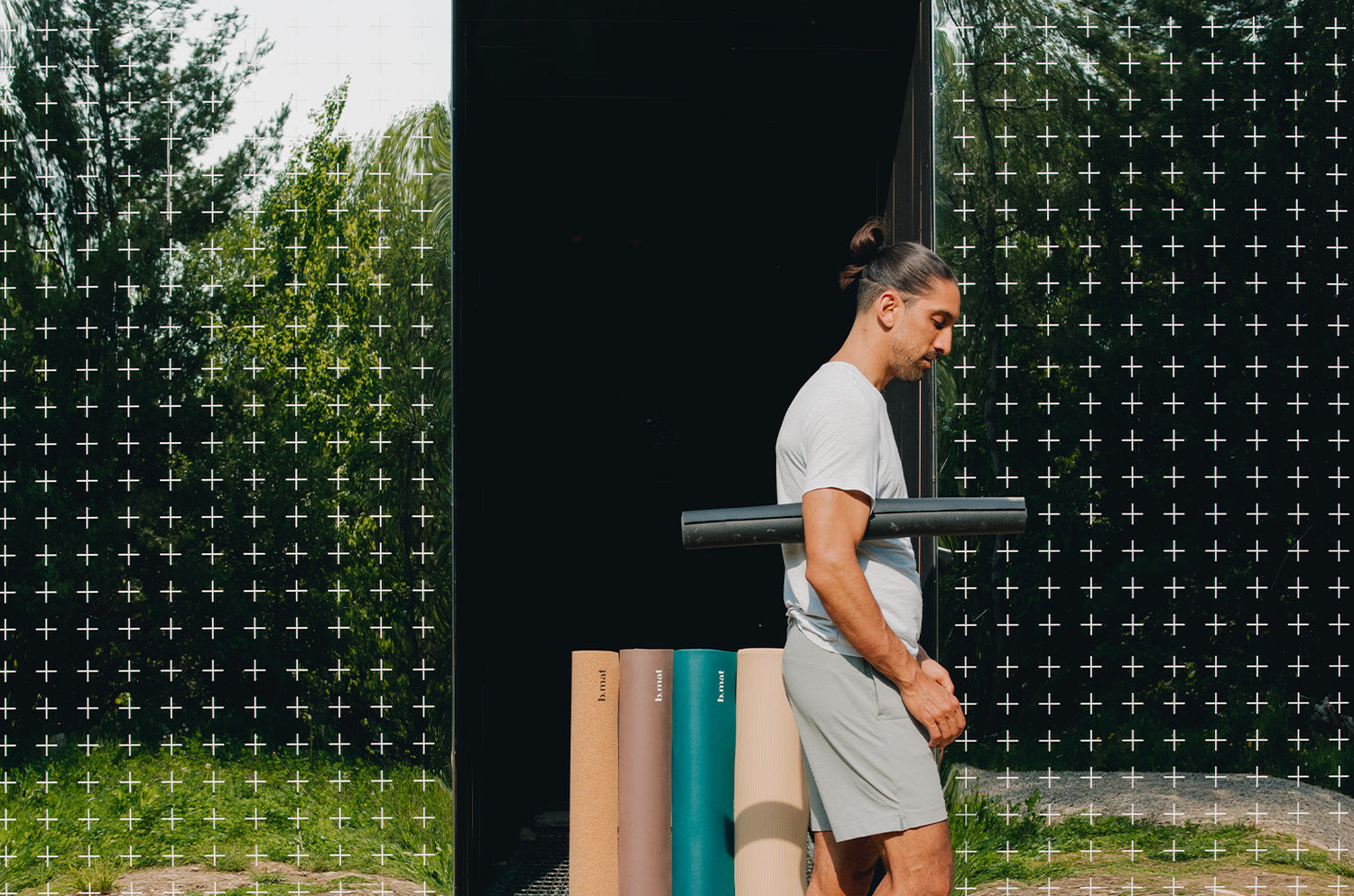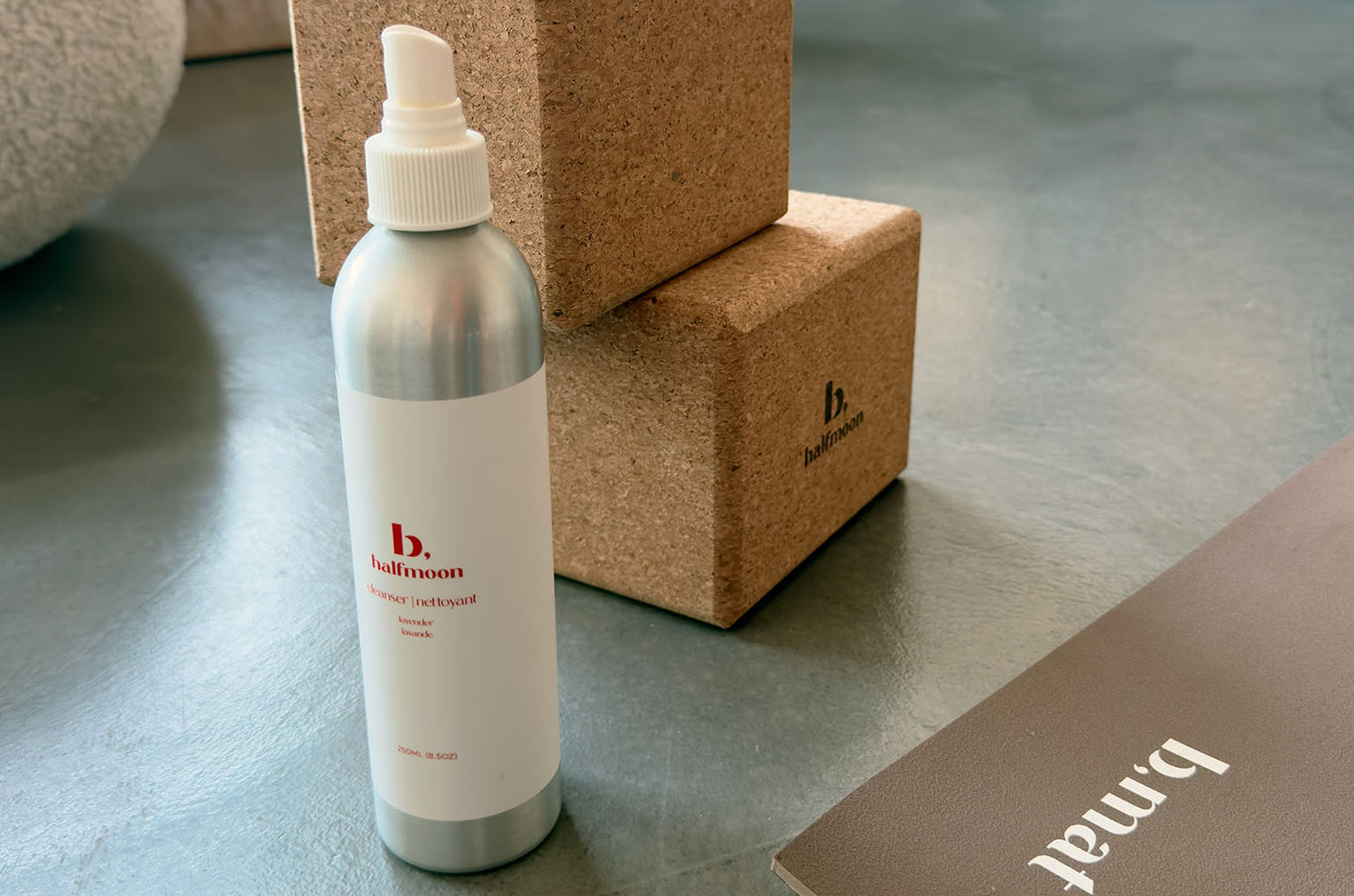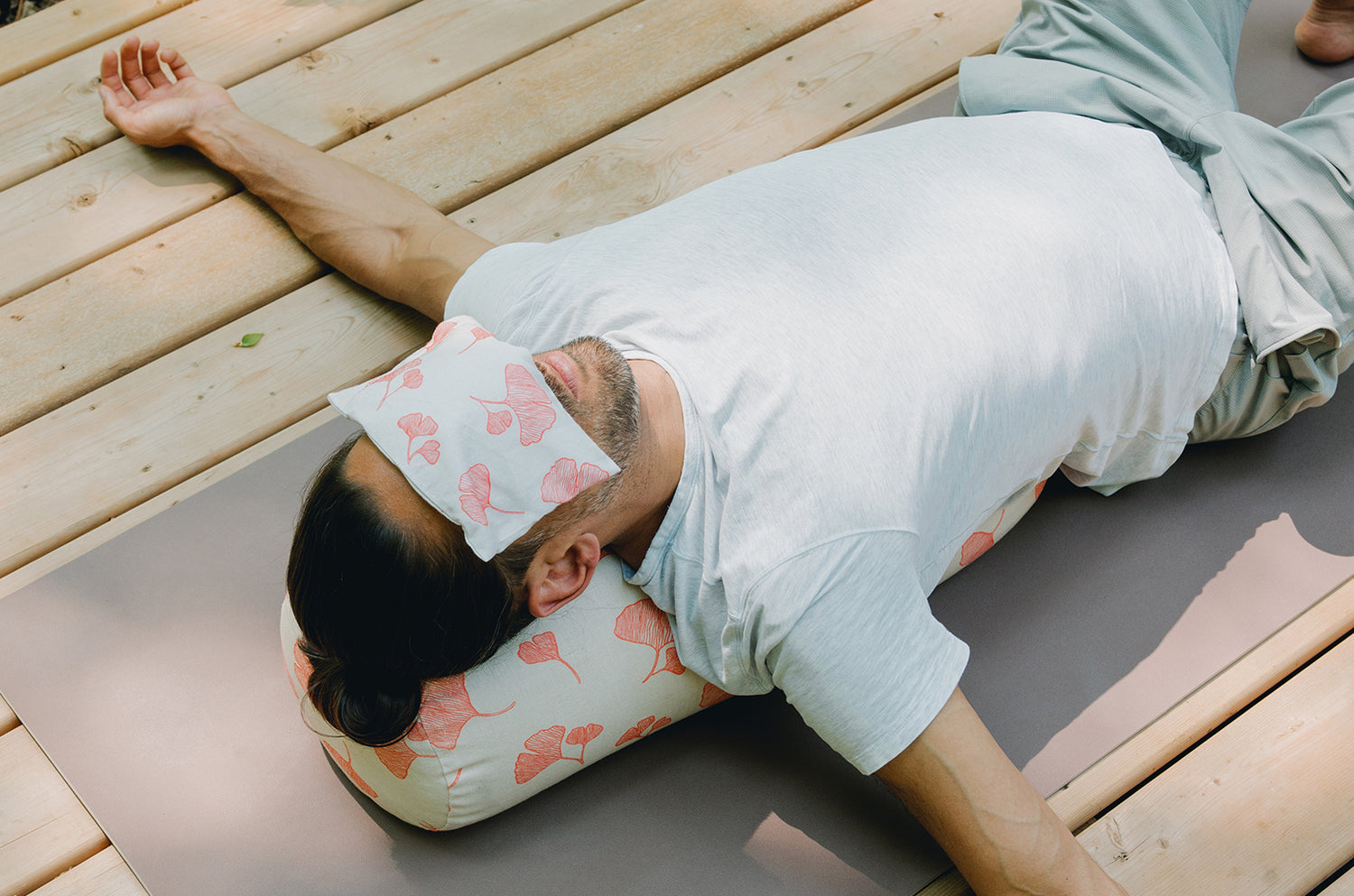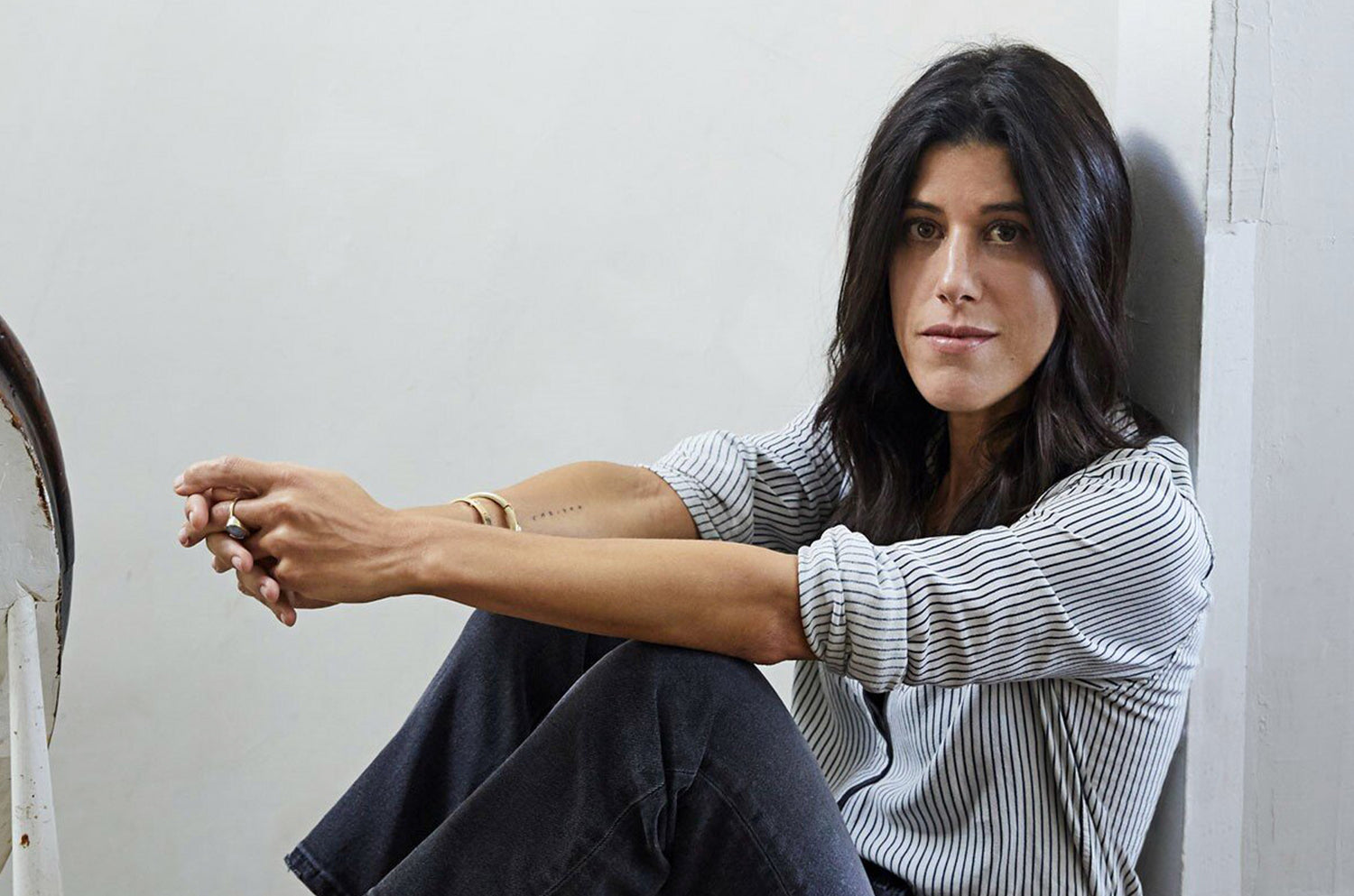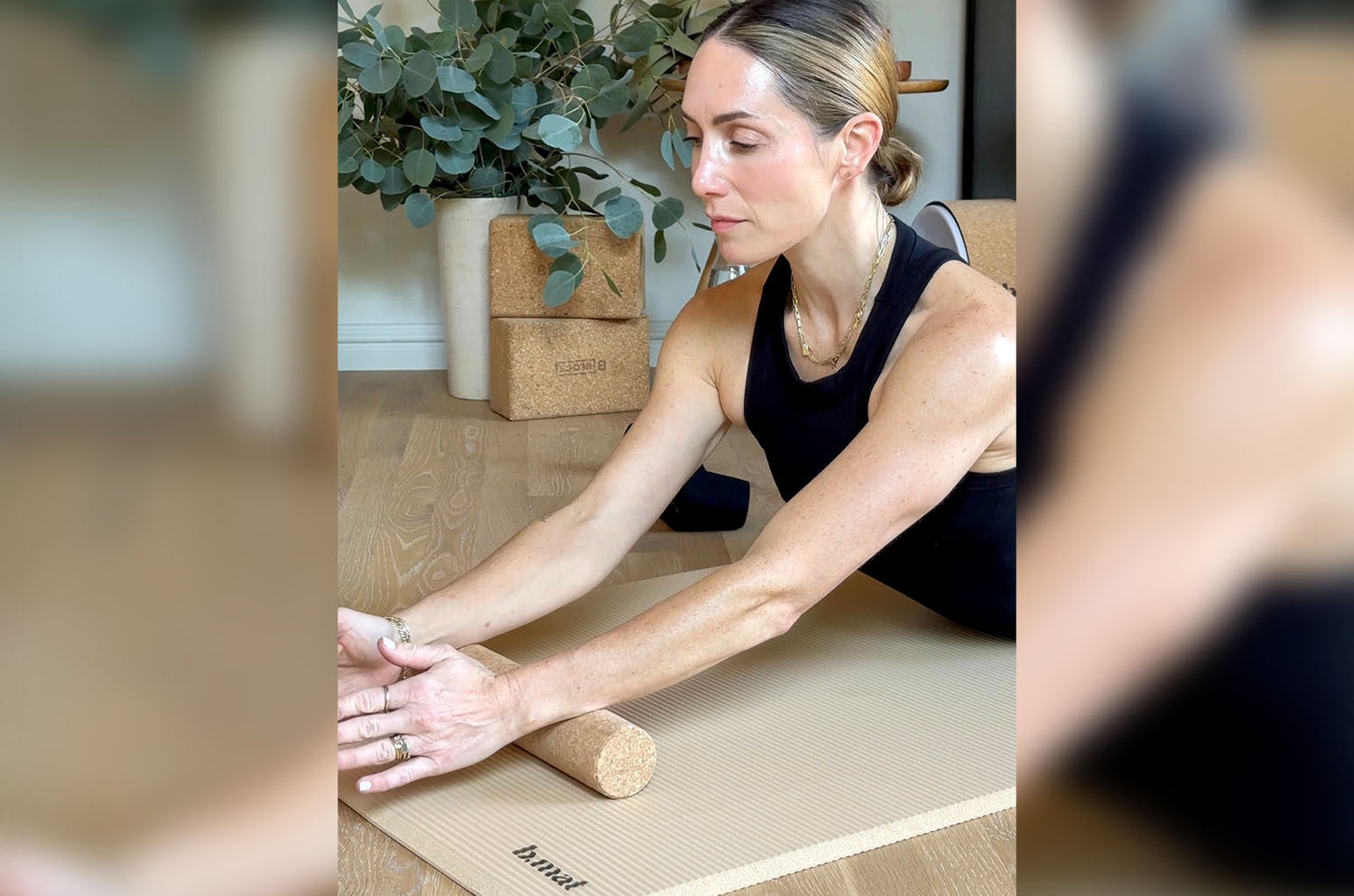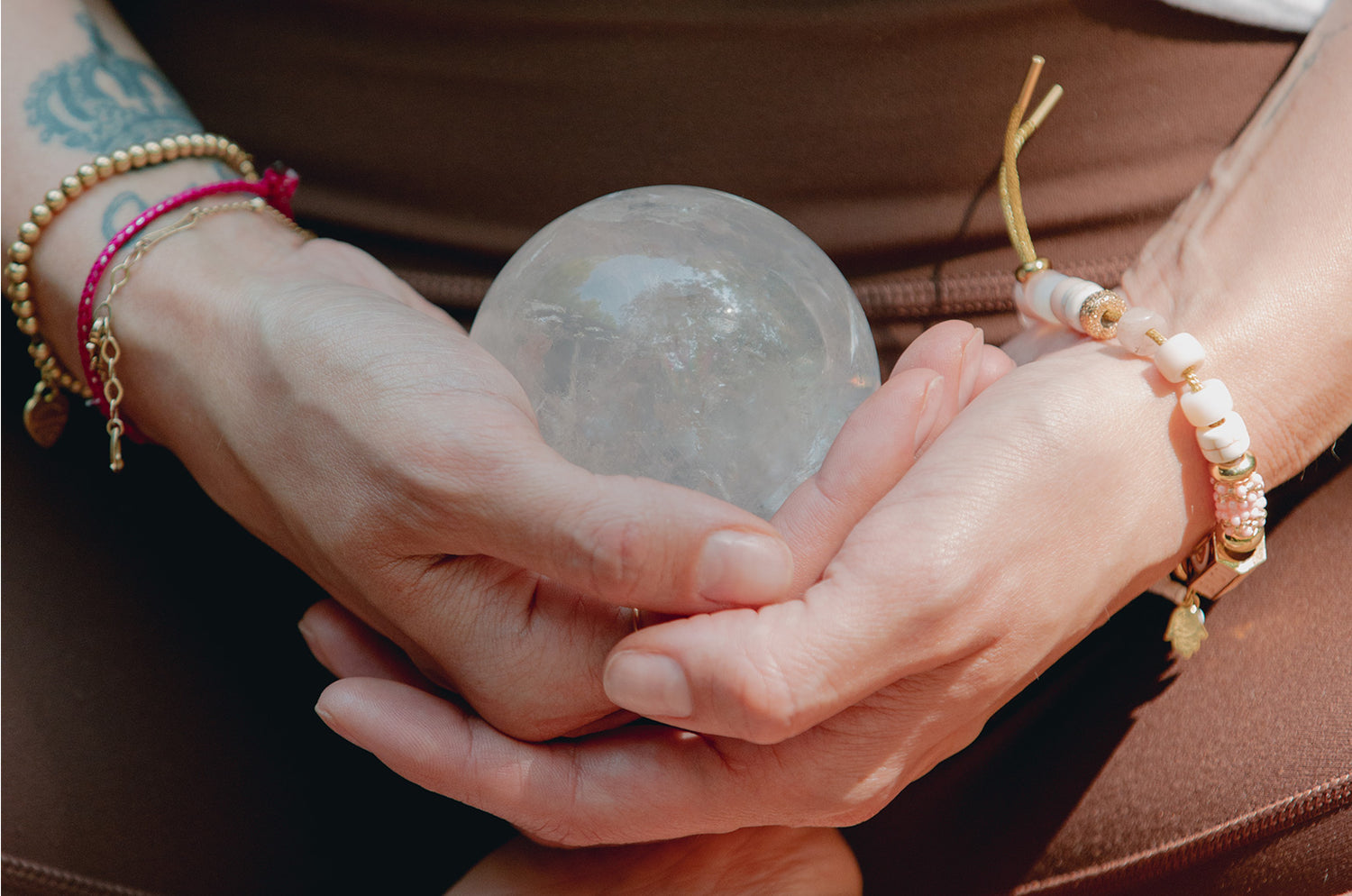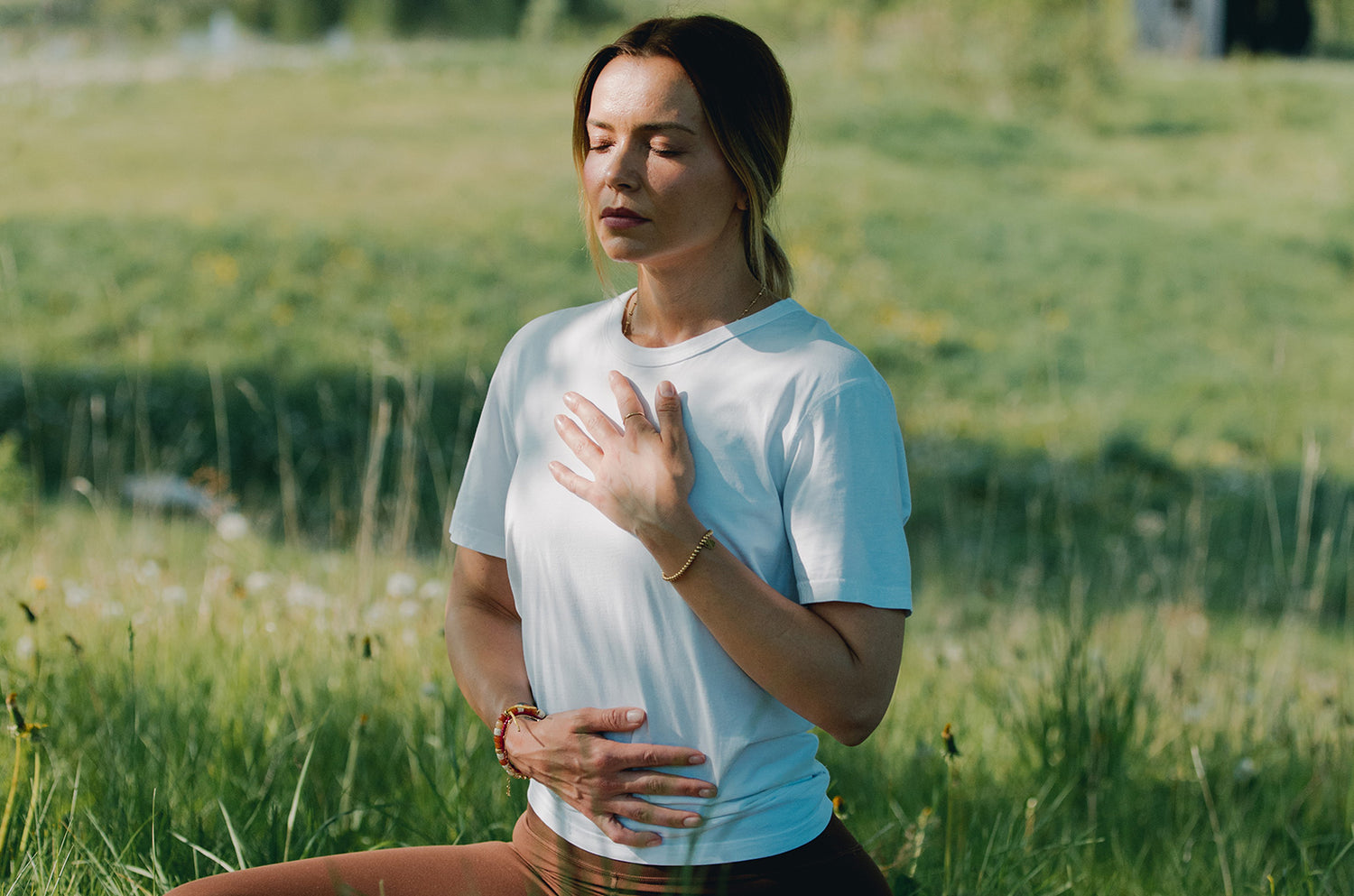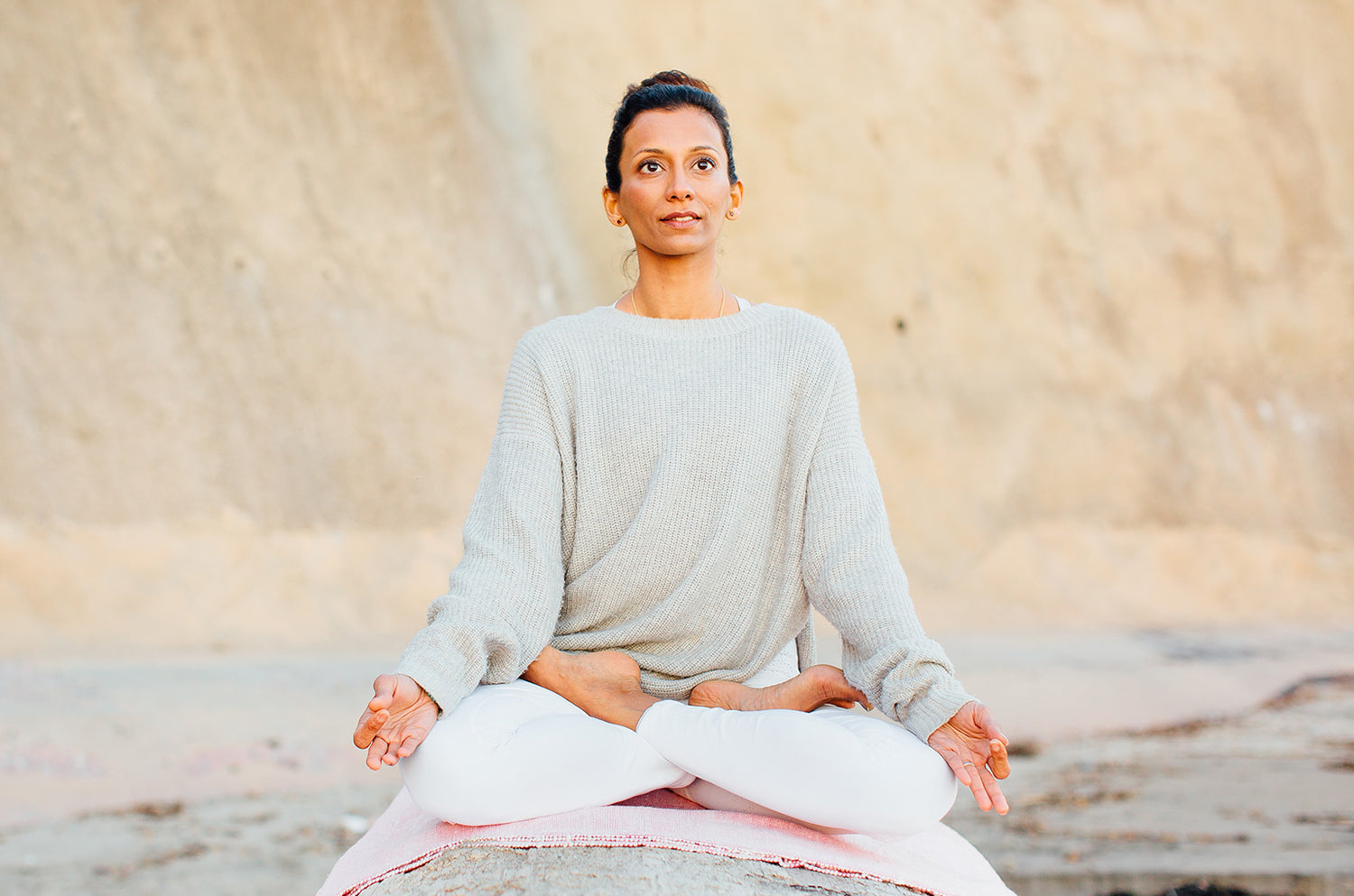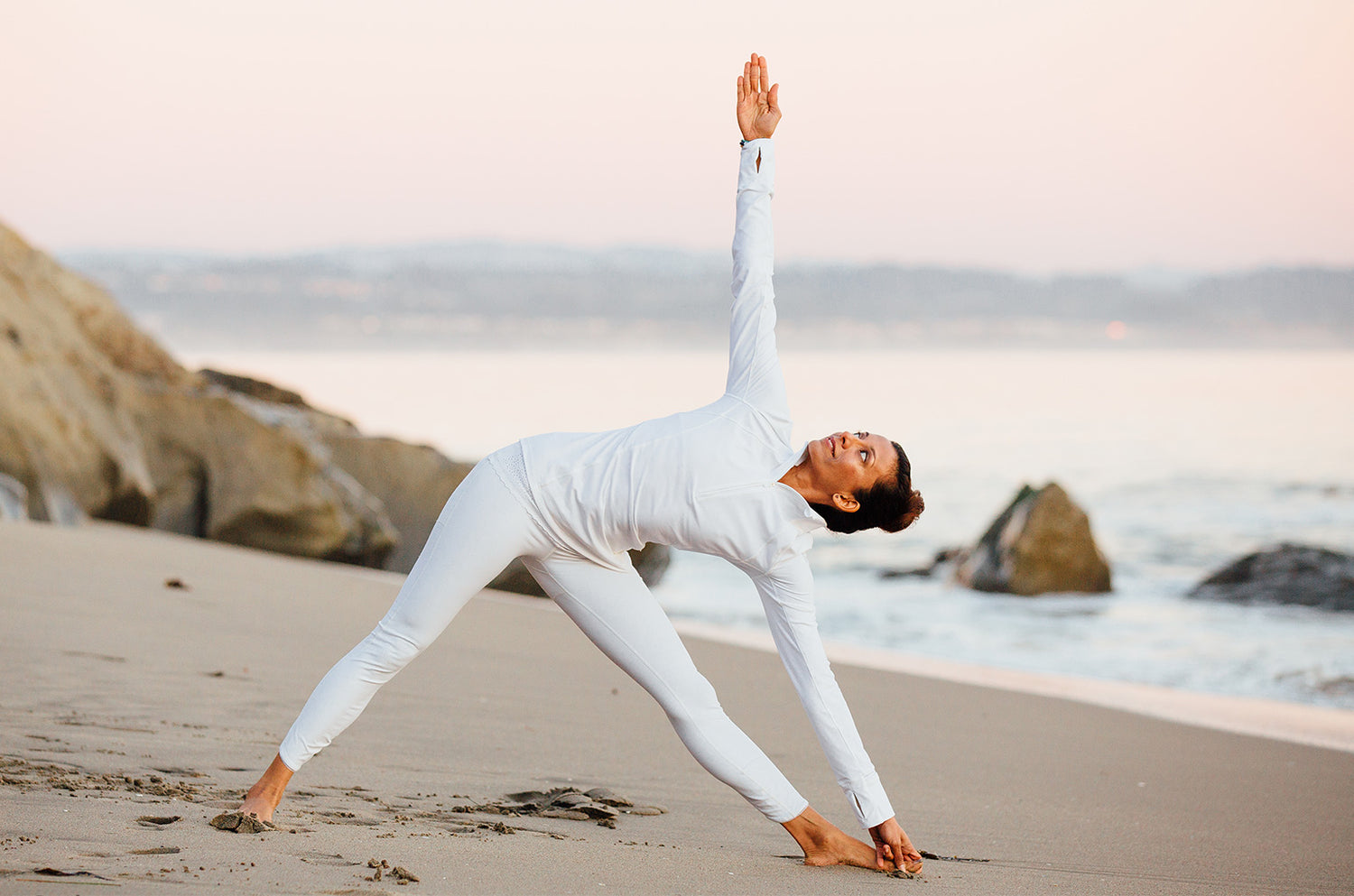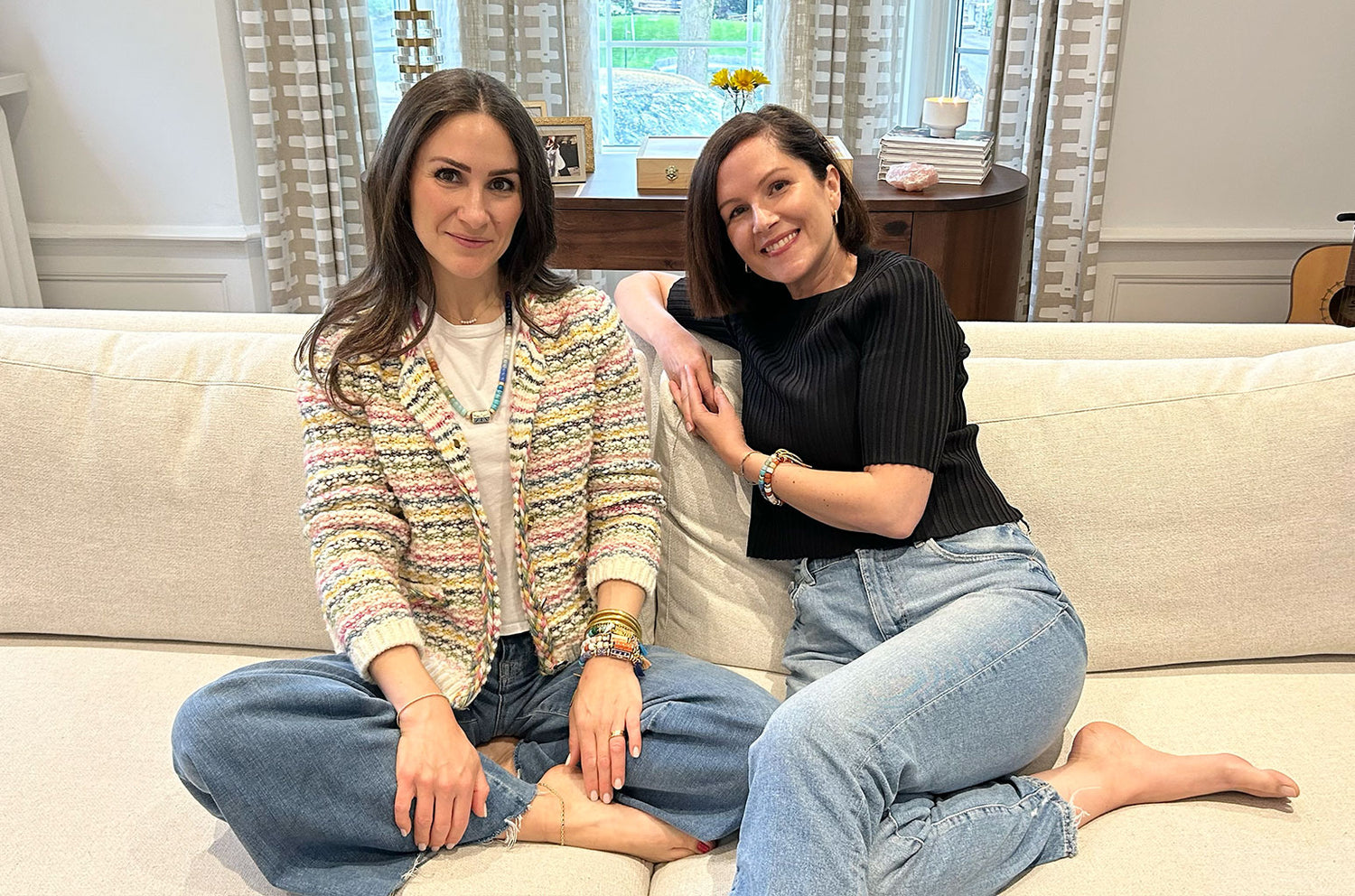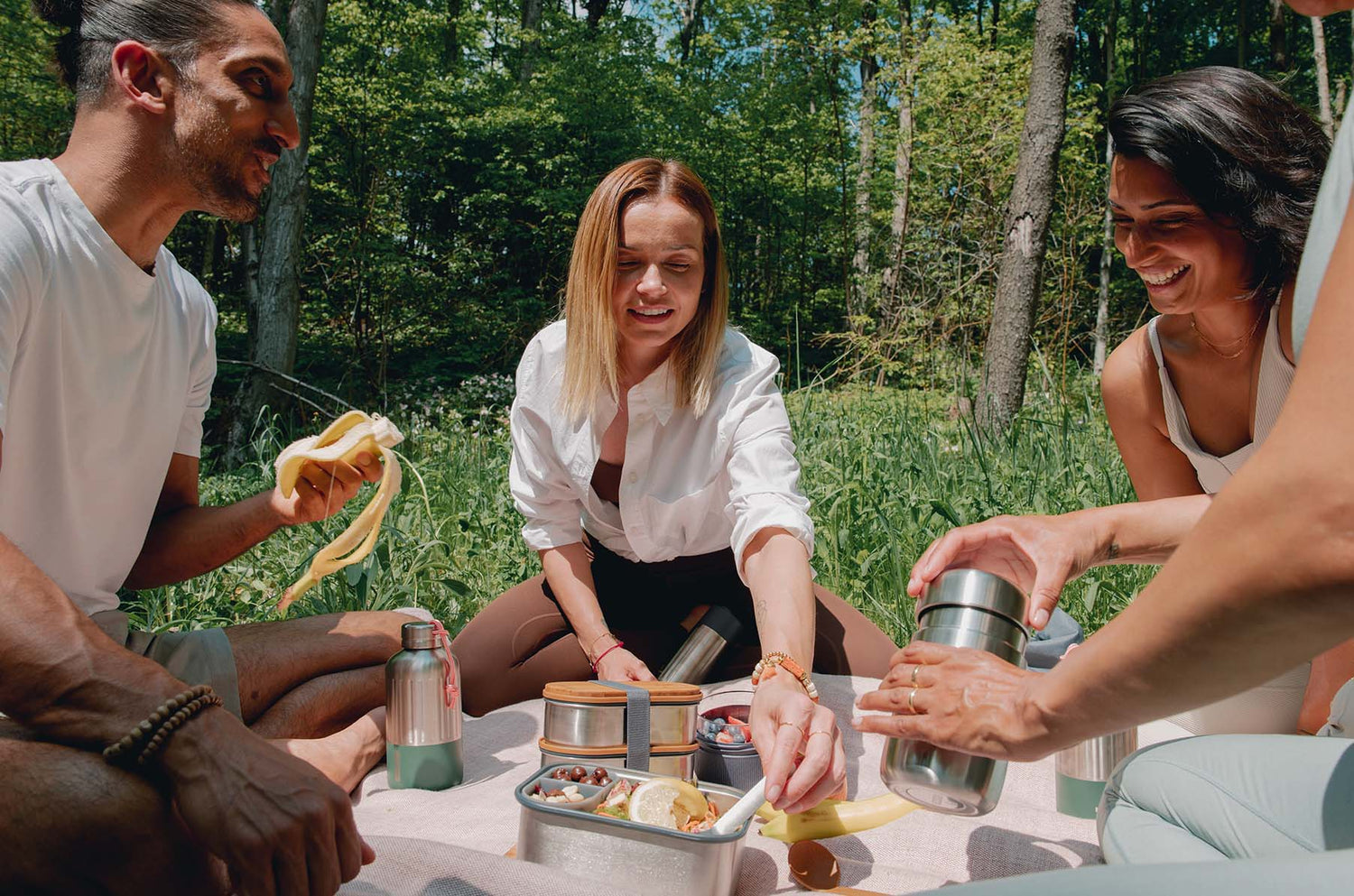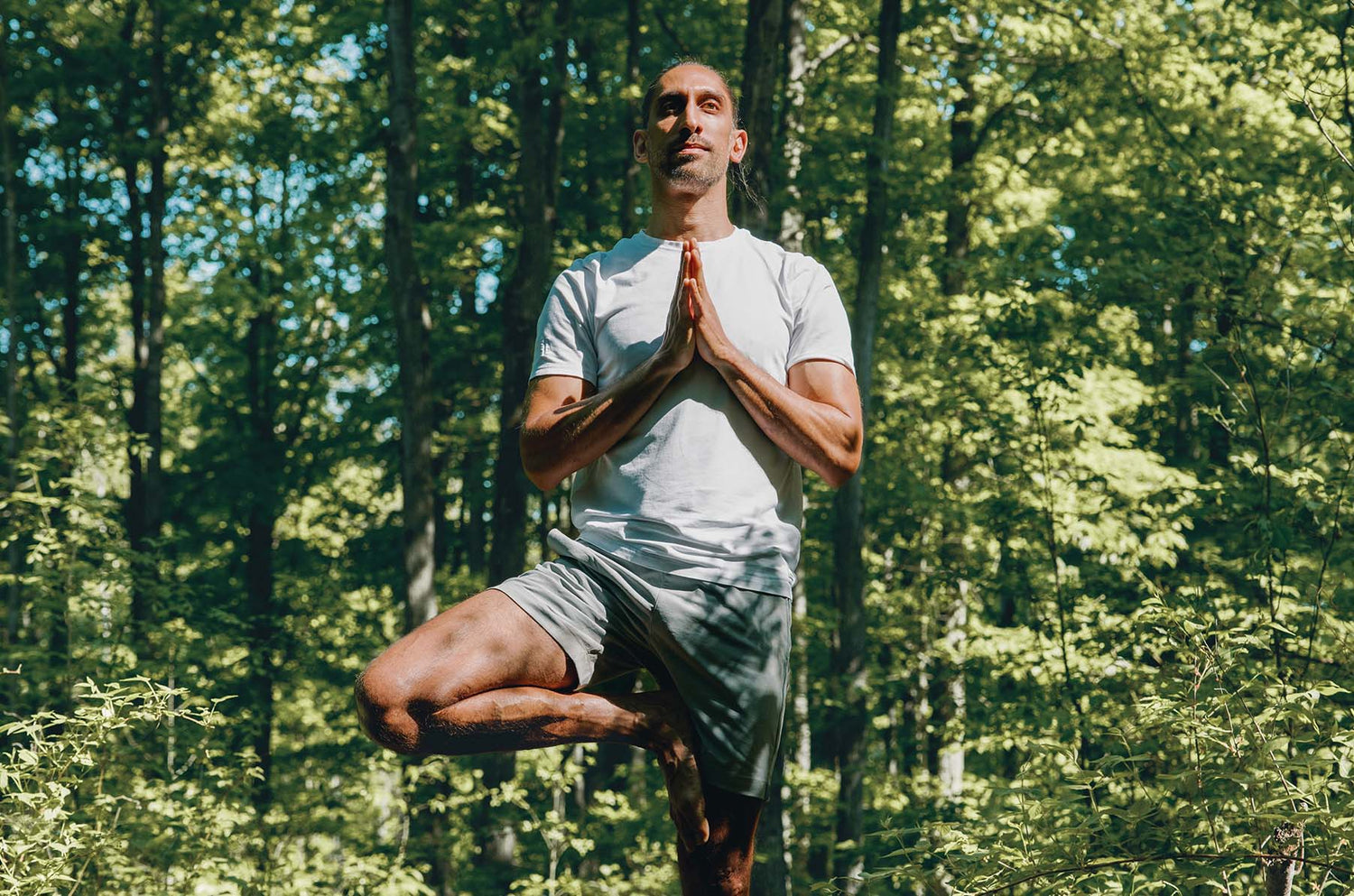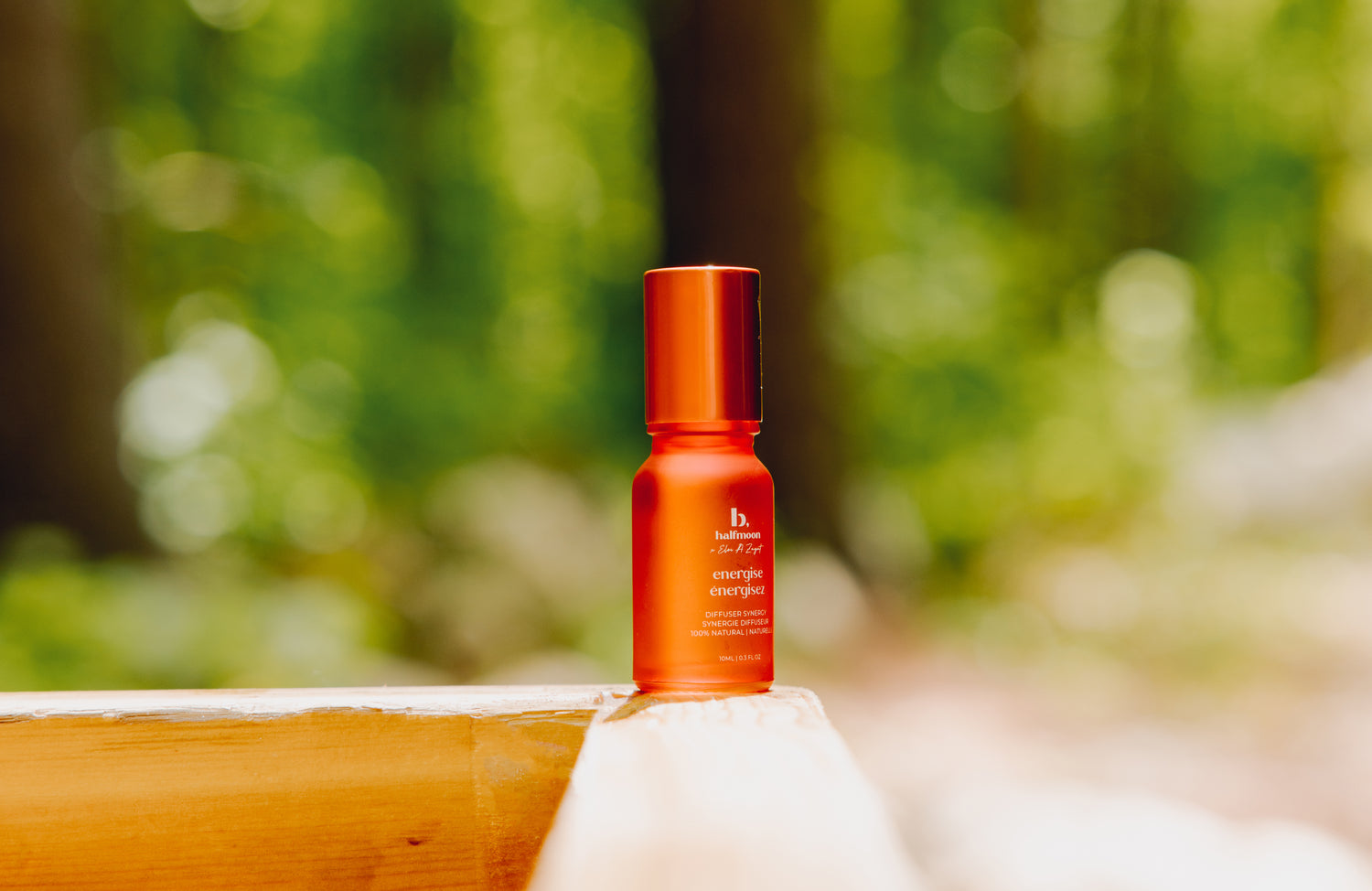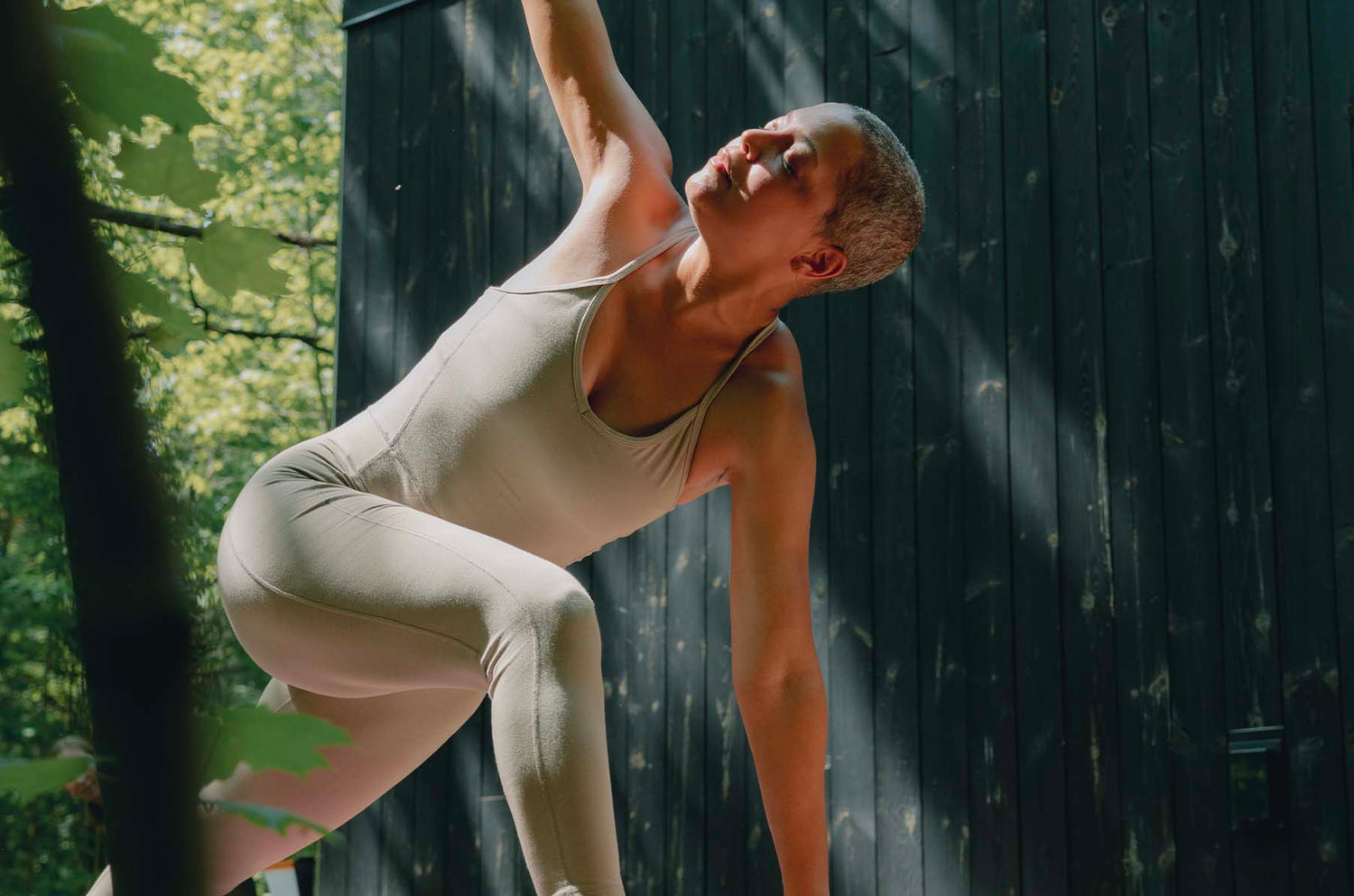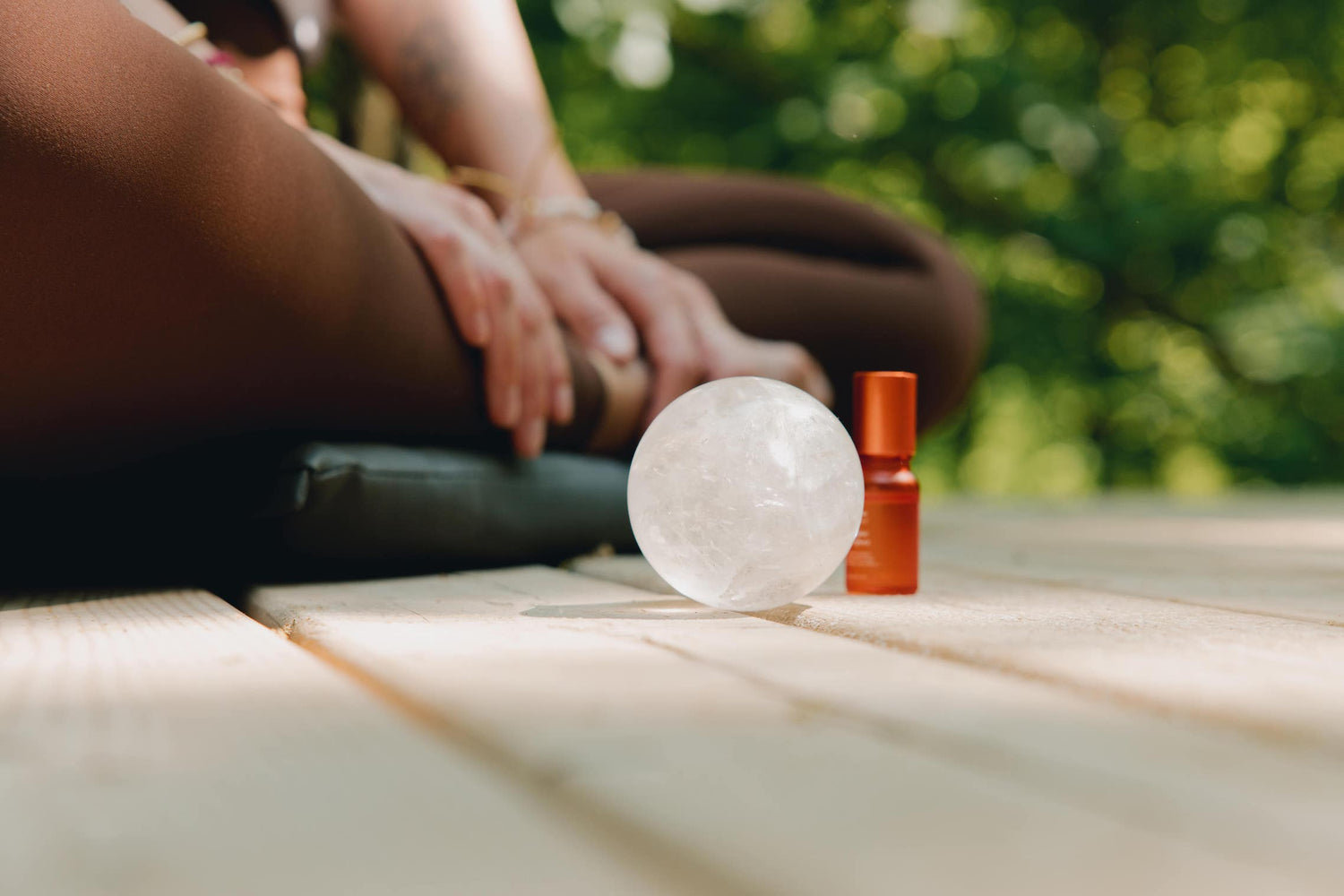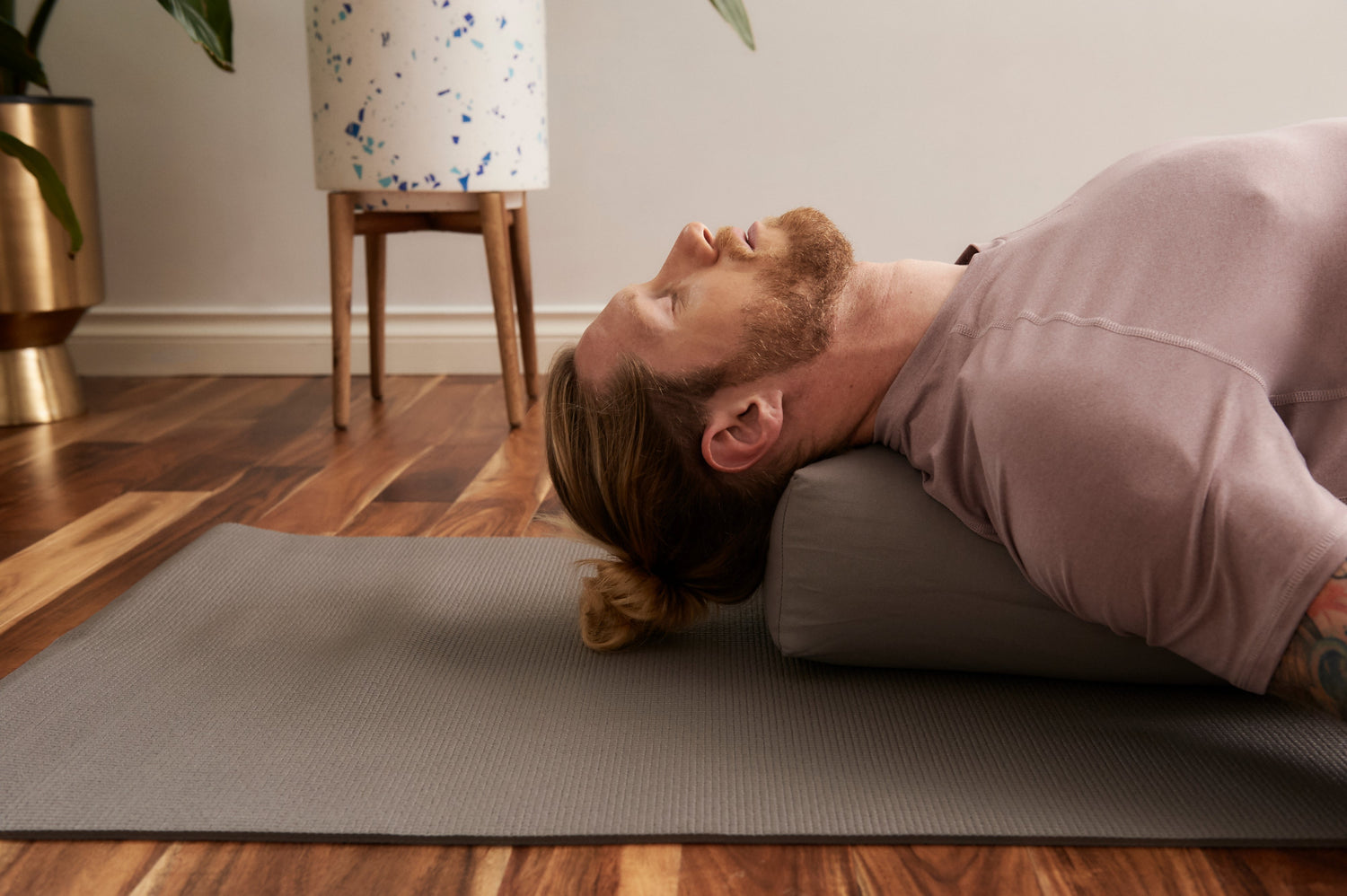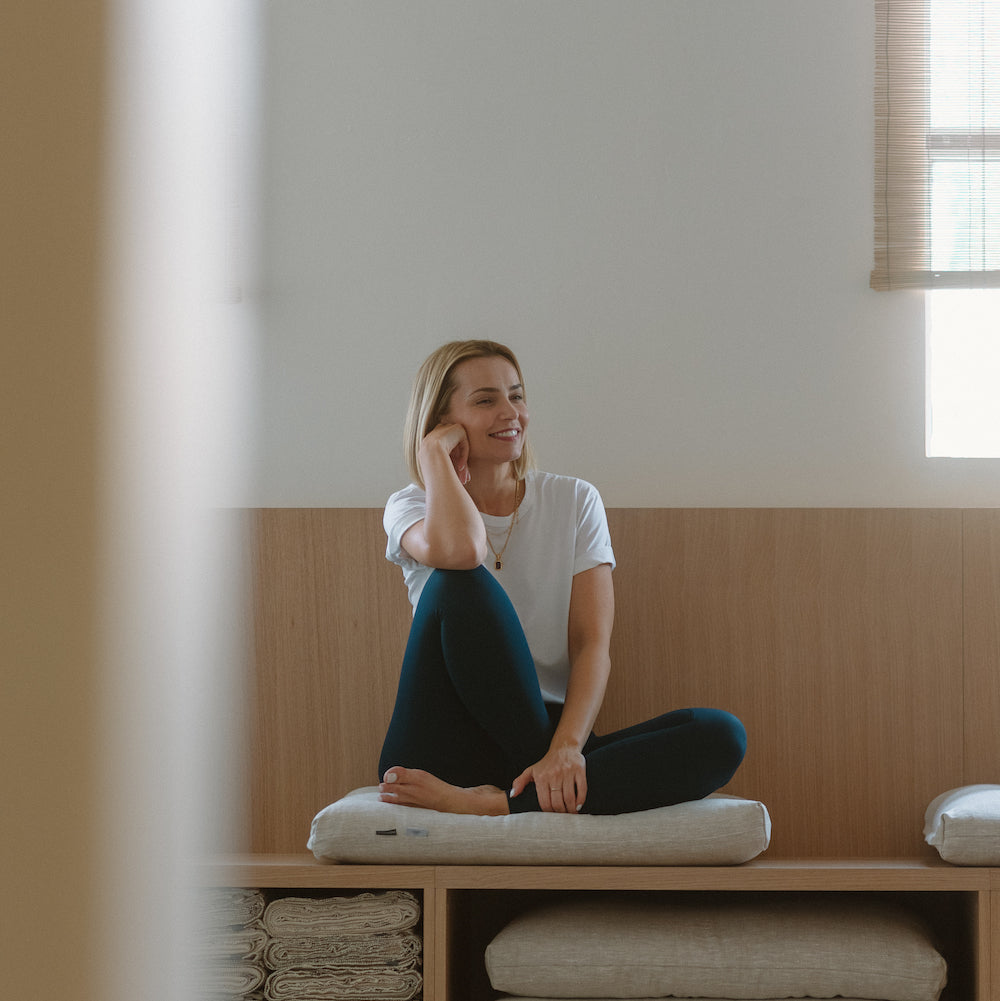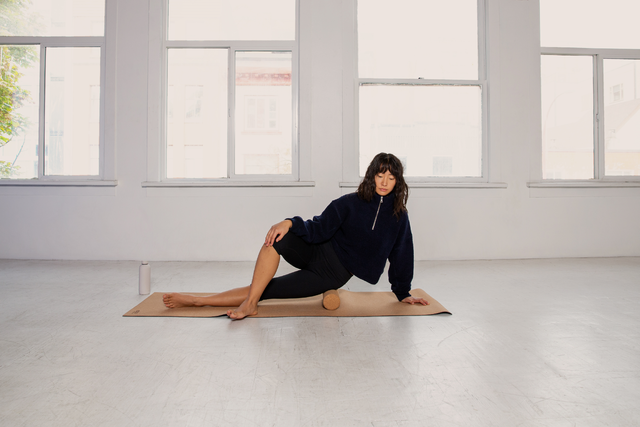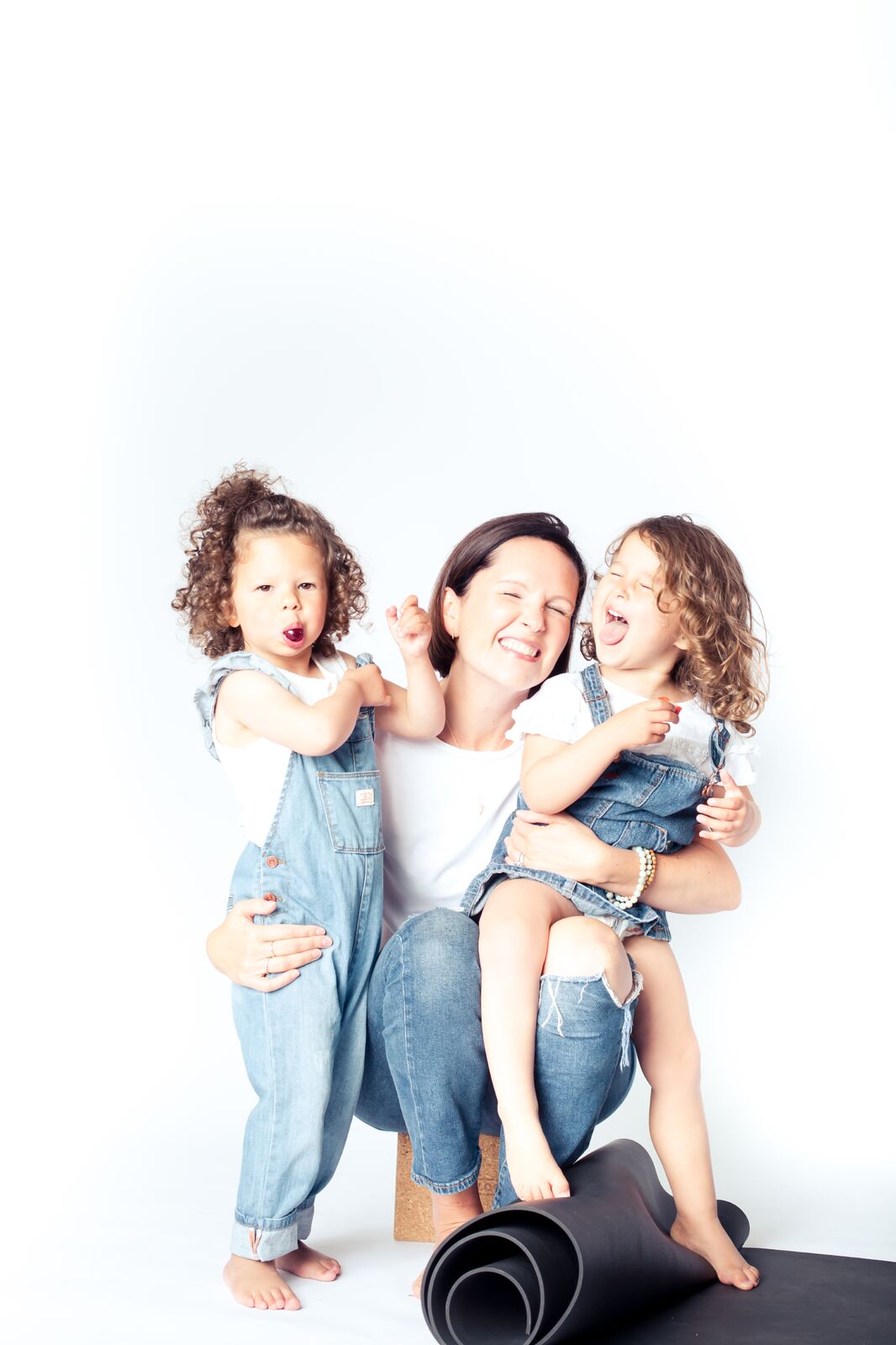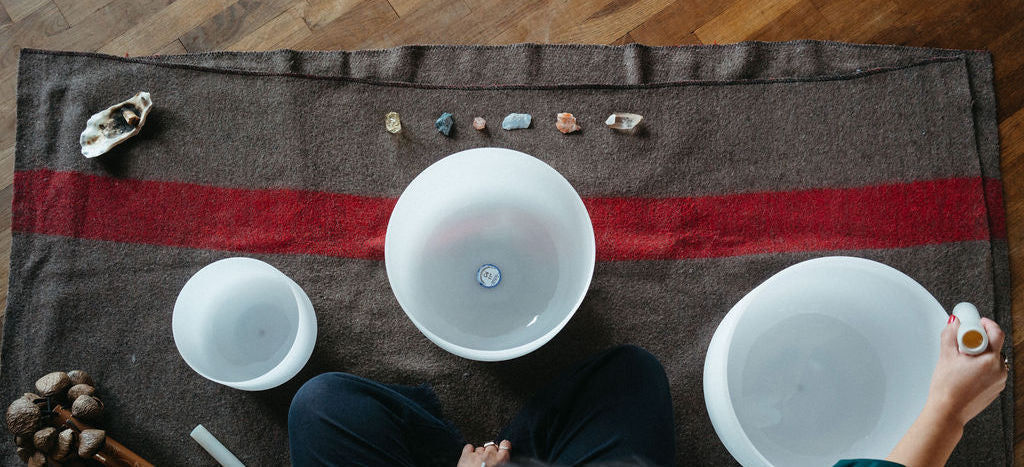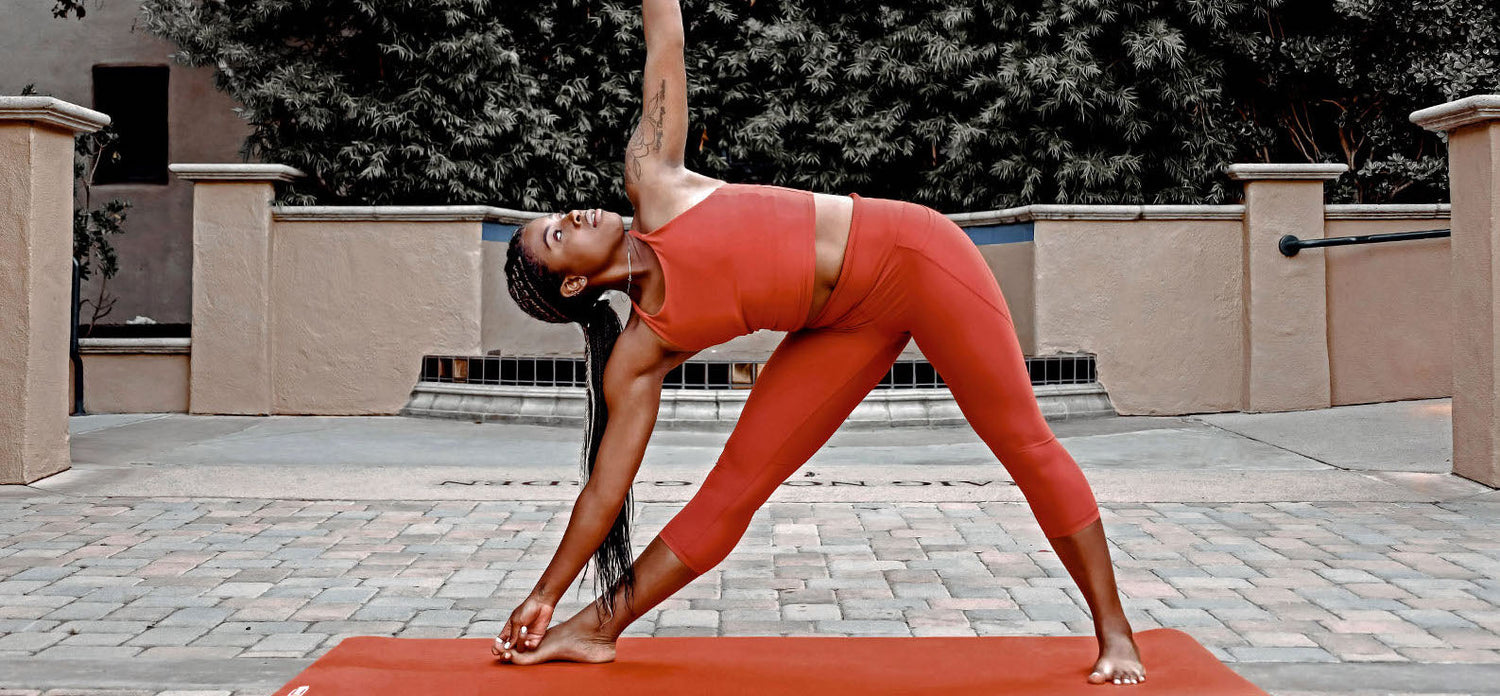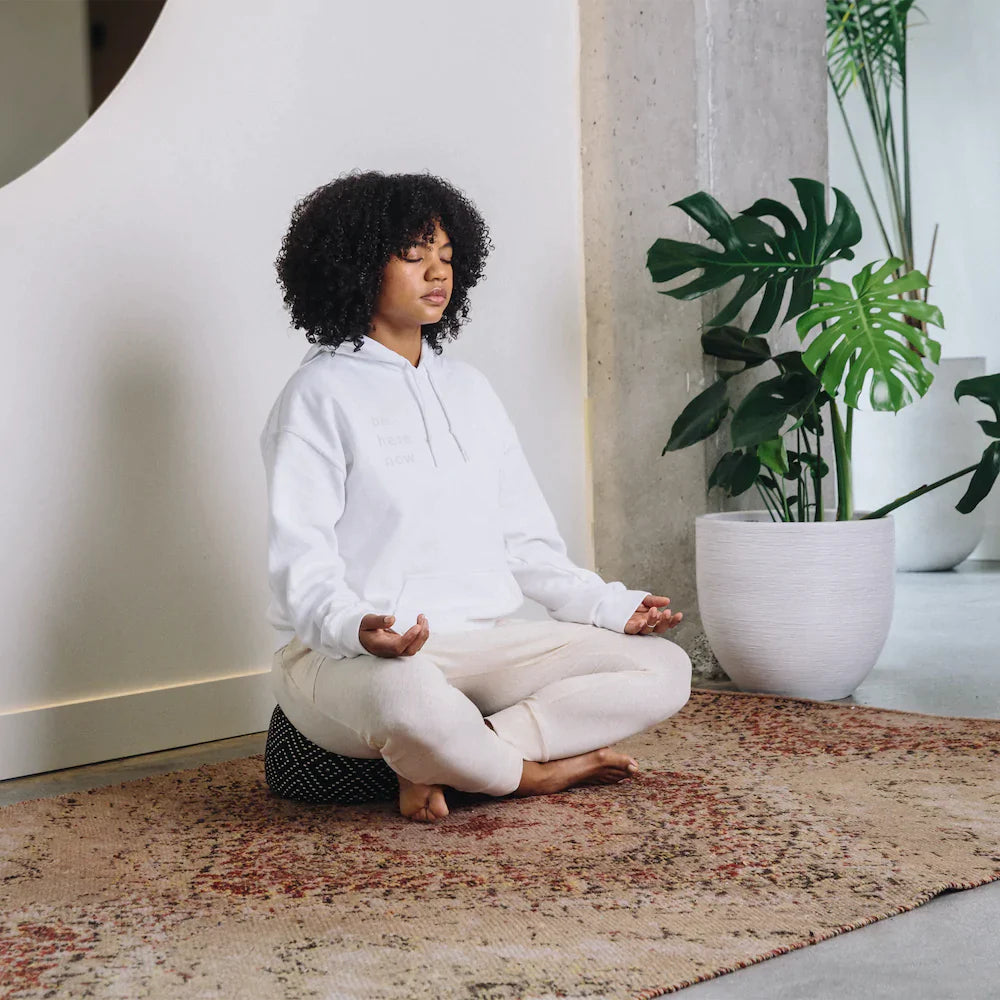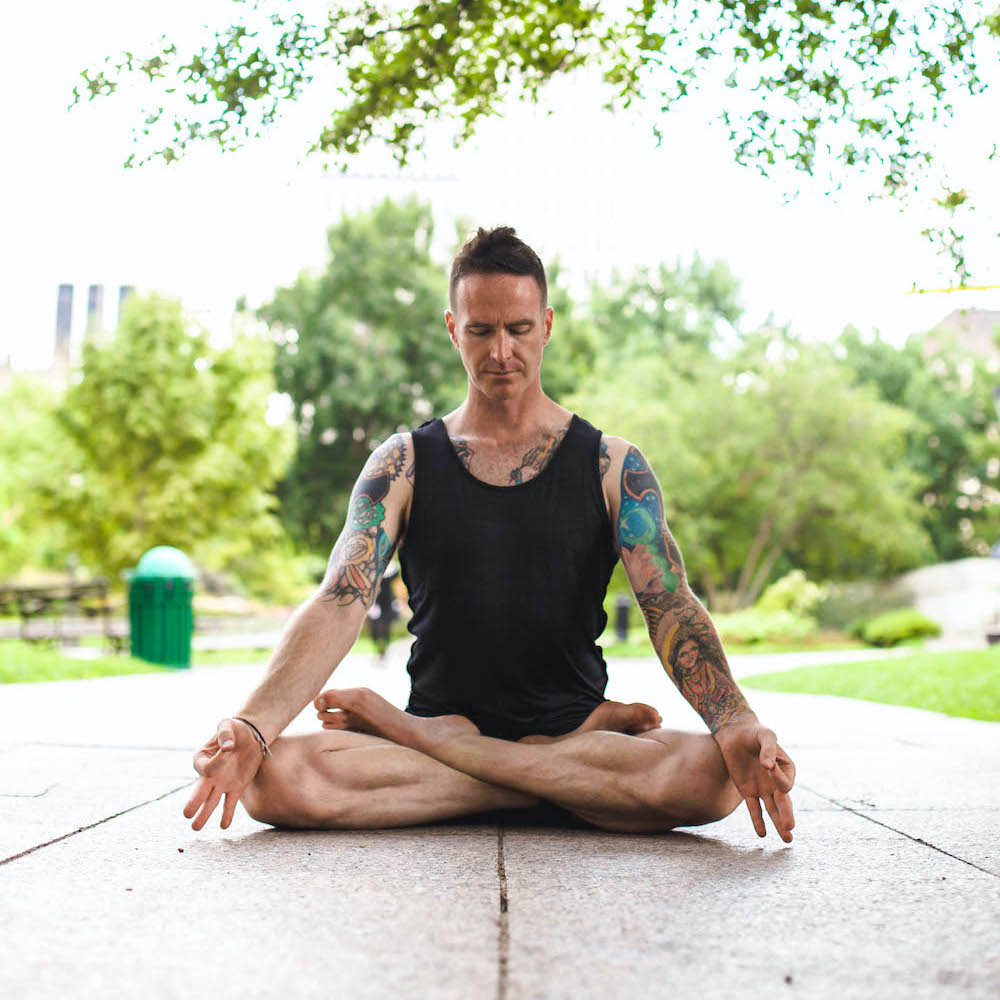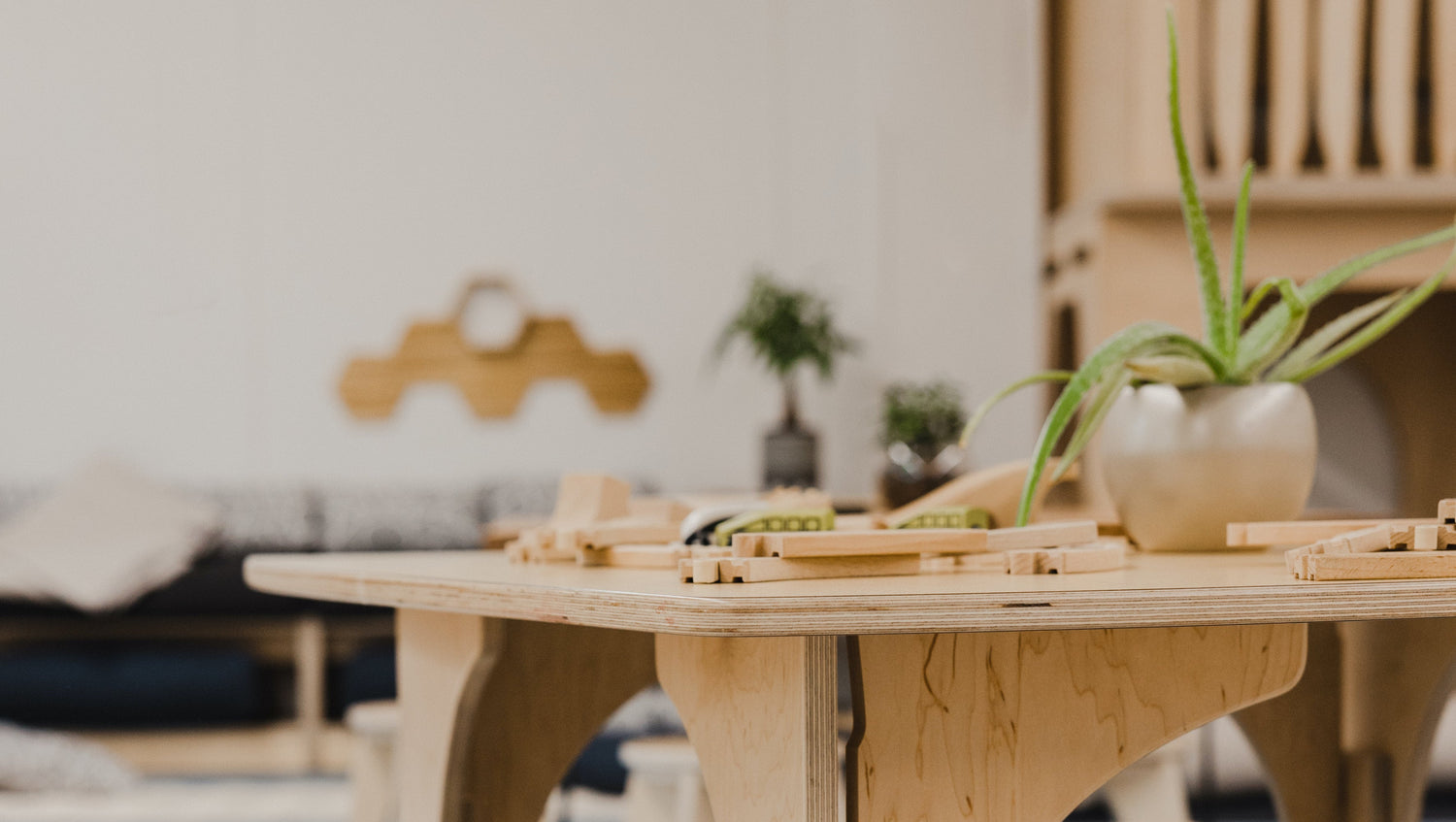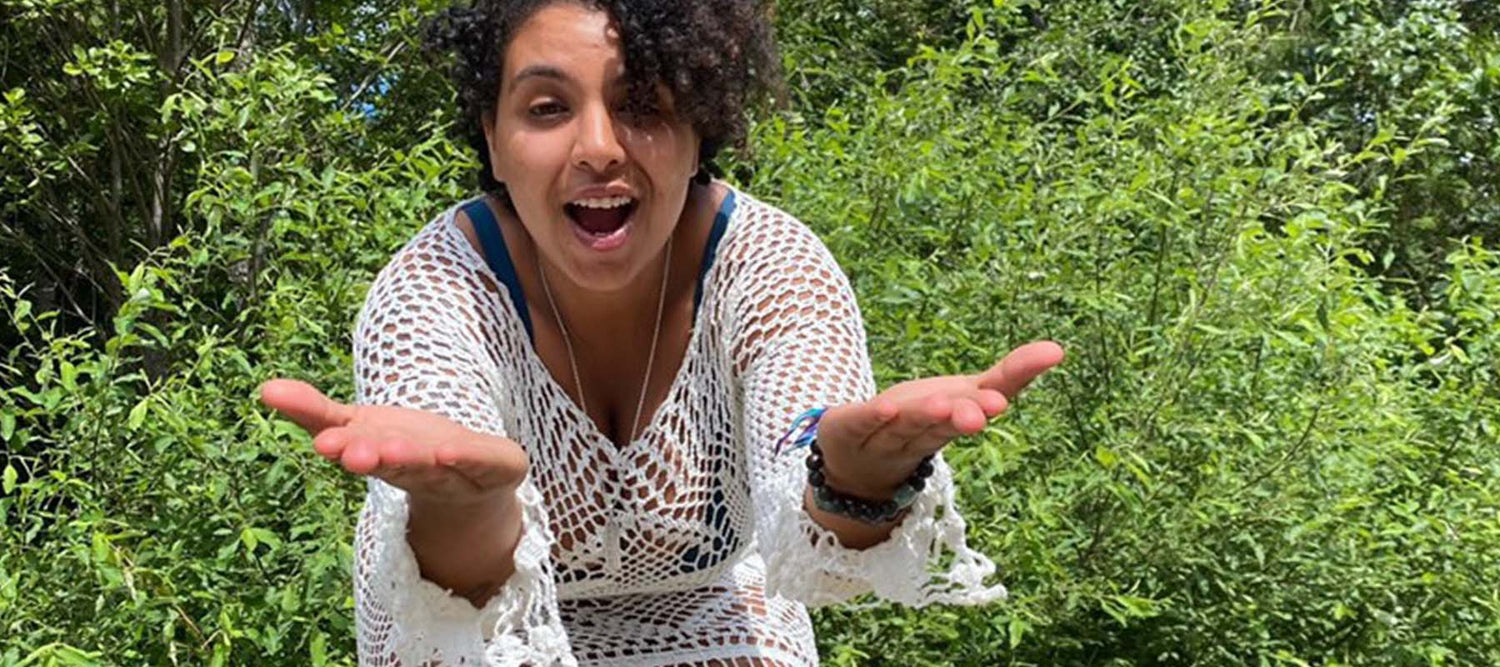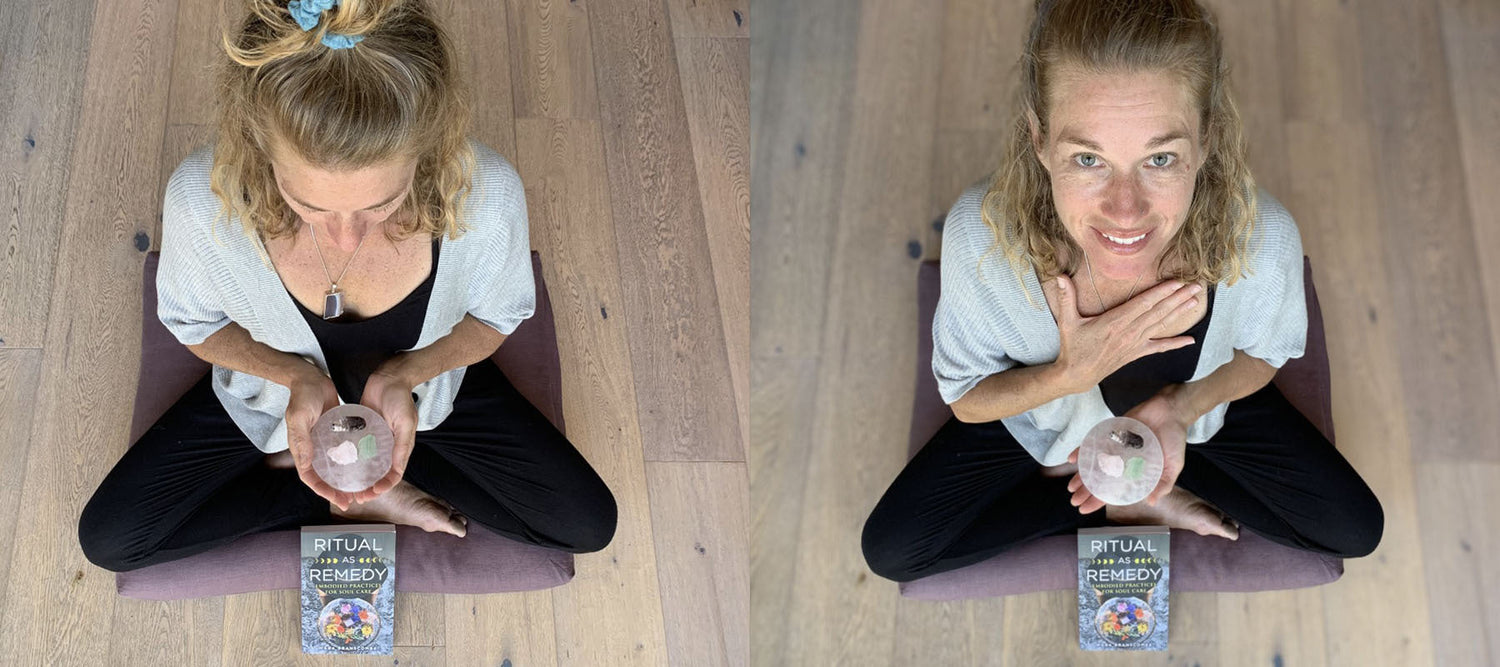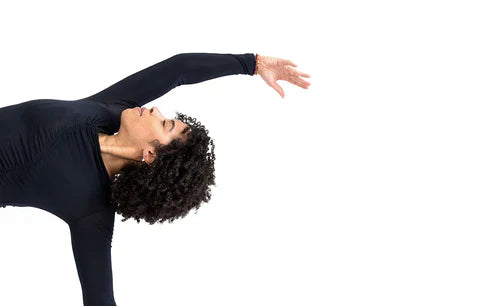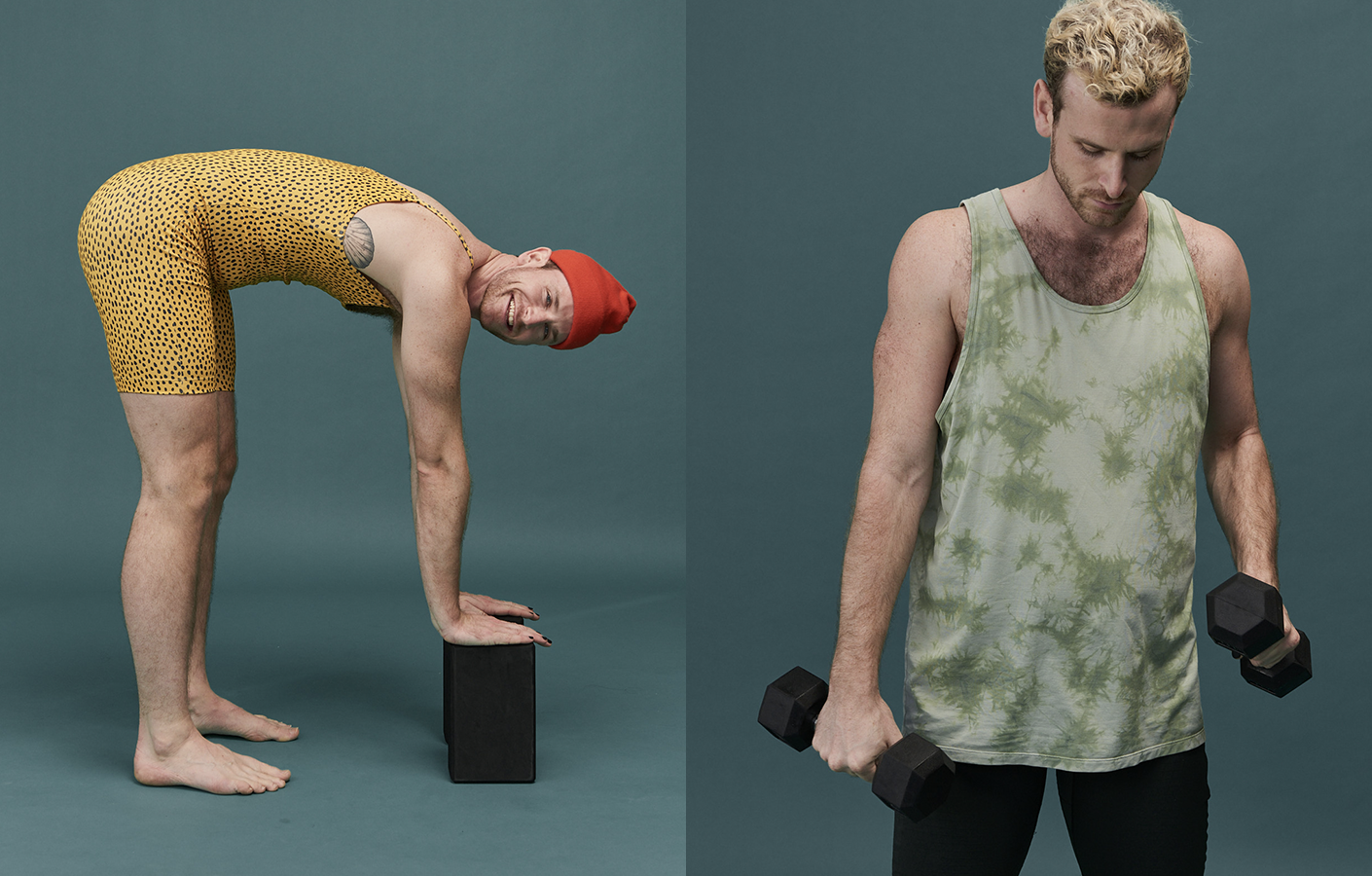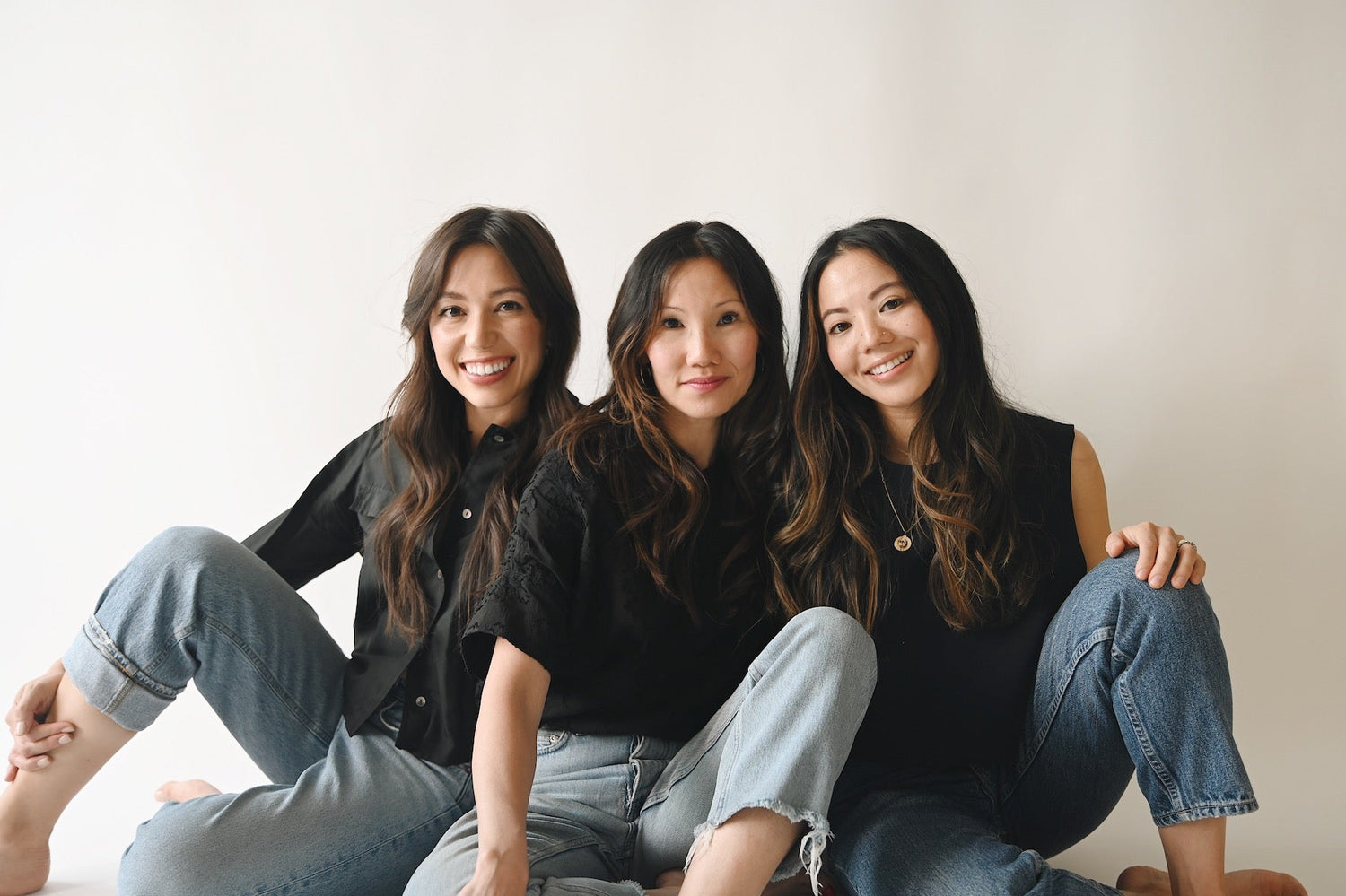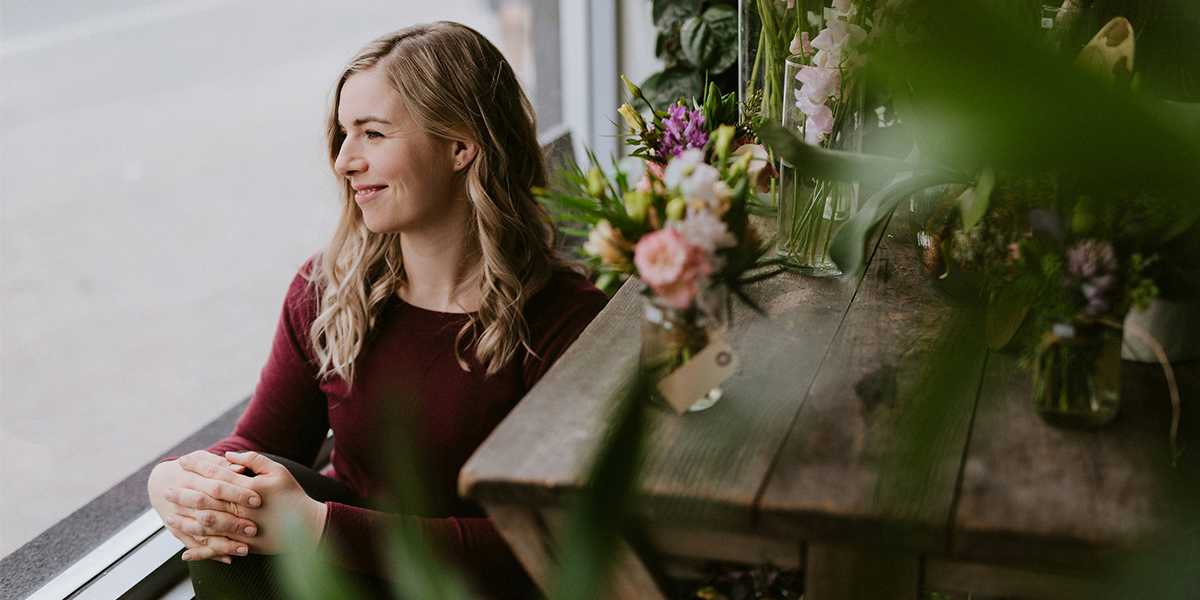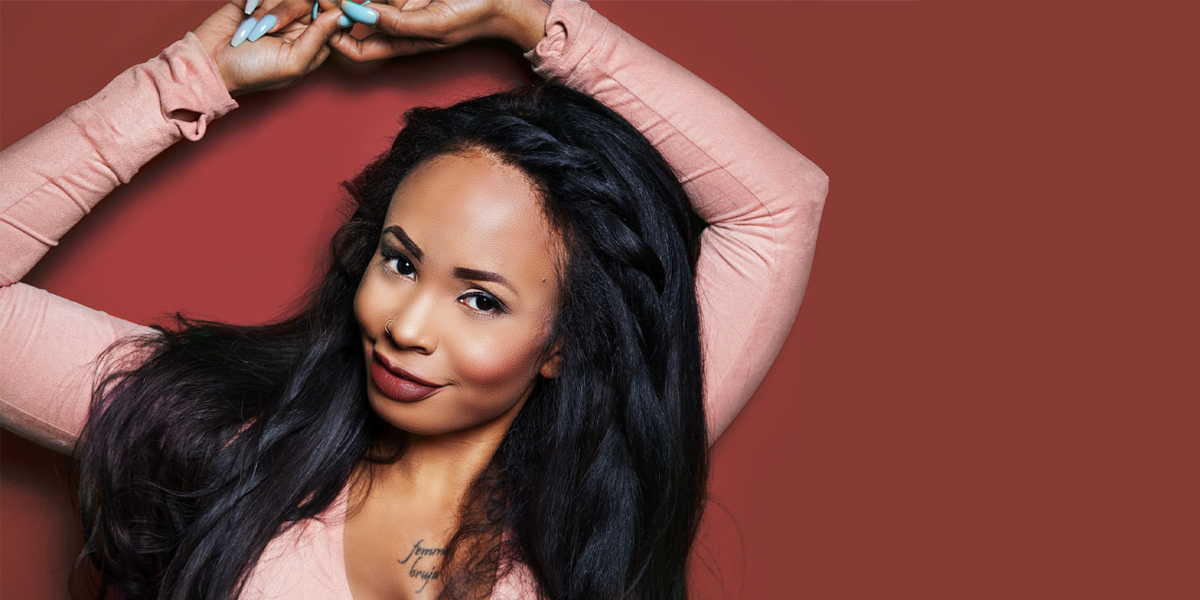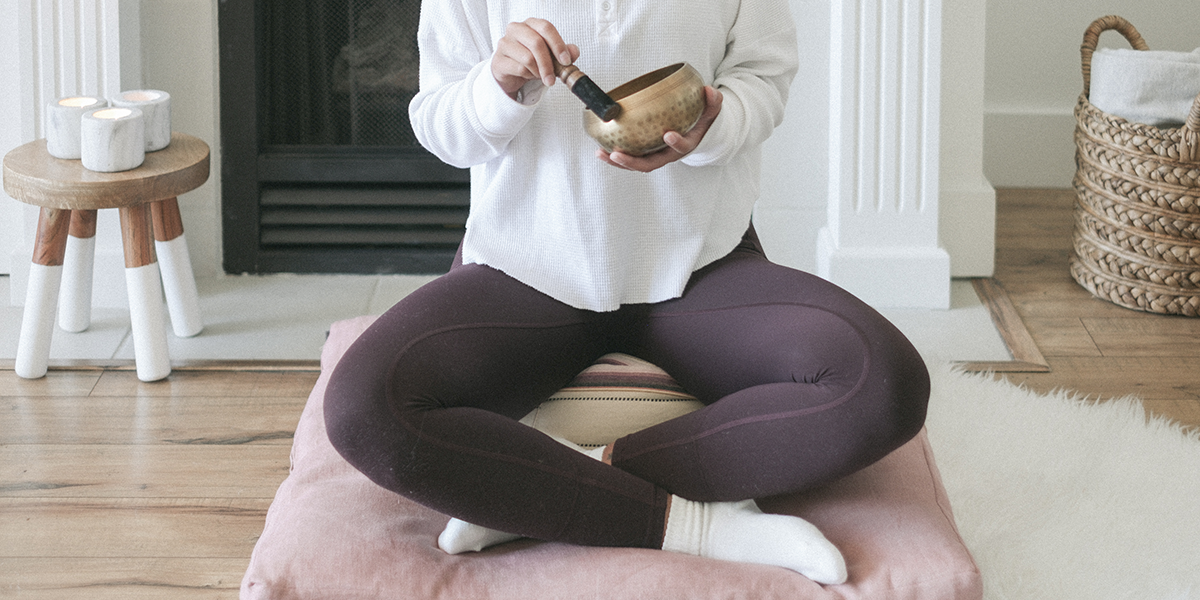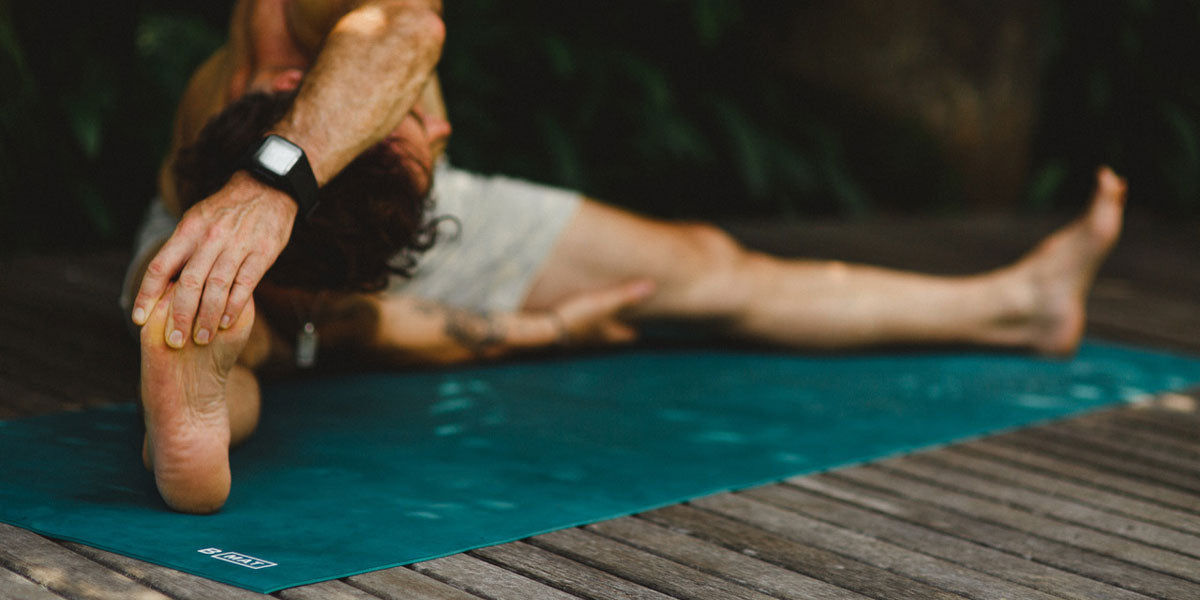When striving for your ideal yoga posture, it’s easy to lose the little details. Yet it’s those very details that combine to give you a strong and balanced pose.
Take for instance Salamba Sirsasana (supported headstand). Especially when practiced away from the wall, the attention can get absorbed in maintaining balance and in holding the pose as long as possible.
Your attention may be on our head or our forearms, but what’s going on with your legs? They may look fairly straight and you might even be doing a decent job of extending upwards through your feet to give you stability, grace and alignment.

How do you know whether your legs are working properly? Enter the chip foam block.
Have your block in reach as you prepare to go into your headstand. When your head is firmly rooted, your legs are fully extended and your pelvis is moving towards the ceiling as it would in Adho Mukha Svanasana (downward facing dog), place the chip foam block between your upper thighs just before taking your legs up into your final pose.
The point of contact between your inner thighs and the block will be your weather vane for whether and how much your legs are working.
Engage your thighs into the block so that they are subtly but firmly rotating from outer to inner thighs. Press firmly into the block with your feet extending upwards.
If you find this difficult to do or to maintain, that’s okay. It probably means that your legs haven’t been doing all of their work and it will take some time to build their strength and stamina.
If you aren’t ready to try this in headstand, you can try it in Salamba Sarvangasana (supported shoulder stand), Adho Mukha Svanasana (downward facing dog), or even Tadasana. They all require the same action in the legs.
Because it’s easy to forget this work in the legs, focusing on the connection between your inner legs and the chip foam block will help you to understand and remember what the legs should be engaged during this pose and others like it.
Che Nolan is a propologist with a major in bolsterology and an Iyengar yoga practitioner with a daily meditation practice. He is also a writer and a regular b, halfmoon contributor.

